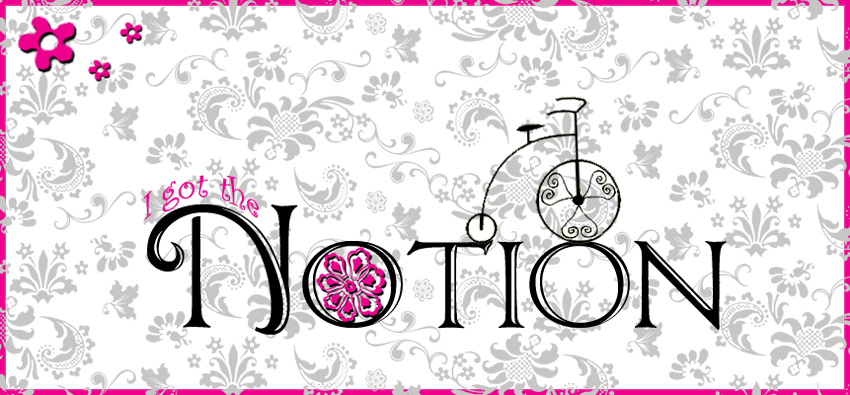

Fleece Blankets 101
Fleece material does not fray. Therefore, we finish the edges mostly for decoration. There are many different ways to finish fleece blankets, I have simply chosen 4.
Fleece material does not fray. Therefore, we finish the edges mostly for decoration. There are many different ways to finish fleece blankets, I have simply chosen 4.
1. Hand Tying
2. Blanket Stitching by Hand
3. Blanket Stitching with Sewing Machine
4. Serging
The very first step of any of the methods listed above, is to remove the selvage edges.
 There are two selvage edges of the fabric where the material was attached to the loom at the factory, usually one side is white with writing on it. Then, make sure you know what is the top and bottom, the top is usually a little fuzzier.
There are two selvage edges of the fabric where the material was attached to the loom at the factory, usually one side is white with writing on it. Then, make sure you know what is the top and bottom, the top is usually a little fuzzier.Hand Tying (2-4 hours)
Materials needed: Scissors
Method: Cut edges into strips about 3" long (can be longer or shorter, but I wouldn't recommend any less than 2") and approximately 3/4" wide. I cut out the corners to leave a nice square edge, but you can cut it on the diagonal, if desired.

I wrap the fabric around my fingers to make a loop...

and pull it through.


Try not to pull too tight, or tie the knot too close to the edge of the fabric. If you do, the blanket edge will start pulling and will not lay flat.

Just keep going around the whole blanket until you are finished.
Blanket Stitching by Hand (Approximately 4-6 hours)
Materials needed: Large eye needle, scissors, yarn (I like sport yarn)
Method: Start by pushing needle from front (top side) to back (underneath side) about 3/4" from blanket edge. Leave a long tail to tie-in when you have finished going all the way around the edge. Take needle and yarn from the back and insert the needle again through the front of the blanket about 1/2" away from start position.
Materials needed: Large eye needle, scissors, yarn (I like sport yarn)
Method: Start by pushing needle from front (top side) to back (underneath side) about 3/4" from blanket edge. Leave a long tail to tie-in when you have finished going all the way around the edge. Take needle and yarn from the back and insert the needle again through the front of the blanket about 1/2" away from start position.

Pull yarn through the back of blanket, and this time go through the loop you made on the previous stitch when you went from the back to the font of the blanket. This will create nice edge on blanket.

Repeat process by stitching again about 1/2" away (front to back), and pull through loop of previous stitch (repeat until blanket is finished). When you run out of yarn, tie a square knot with a new piece of yarn and start again (try to keep the knot on the underside of the blanket where it is less noticeable).
Blanket Stitching with Sewing Machine (About 30-45 minutes)
Materials needed: Sewing machine with All-purpose Presser Foot (Bernina #1), and Blind Hem Foot (Bernina #5), matching thread, seam gauge, and scissors.
Method: Begin with presser foot #1.

Zig-zag the edges of the blanket (you do not have to zig-zag the edges if you prefer not to).
I like to run the fabric along the presser foot inside edge (pictured below)

It should look like this when you are finished.

Now, put on your blind hem foot.

Select your sewing machine's blind hem stitch. On my machine, it is number 7.

Fold the zig-zag edge over the back side of the blanket about 1"

The zig-zag edge will run down the right side of the presser foot. The back side of the blanket will extend off of the left side of the presser foot like this...

The blind hem stitch will look like this on the back side of the blanket.

It will look like this on the top/front. Creating a nice edge and border.

You could do a blind hem instead, so the stitching would not show on the front of the blanket. To do this, fold over the edge about 1/2" to the back side. Then, fold it over again about 1" and pin your hem. Next, place the blanket face down. Fold the hem underneath leaving a 1/4" or less of the folded edge exposed. In the picture below, I have removed the pins and pulled the fabric apart to allow better visualization.

Stitch using the blind hem stitch (number 7 on my machine pictured above). As you go along, the machine will stitch on the folded edge pictured on the right, then the needle will jump over to the left and grab your back side of the blanket. This will tack the folded edge to the blanket leaving an almost invisible stitching on the front, hence the name blind hem. You can adjust your stitch width to grab more or less fabric

Serging (About 10 minutes)
Materials needed: 4 spools of serging thread (coordinating, or the same), serger, and scissors.
Method: I rounded my edges using a pie plate as a guide.


Thread serger with variegated or matching spools of thread.

Serge edges.

Enjoy!

I used matching thread on some of the blankets and variegated thread on the one pictured above.




No comments:
Post a Comment